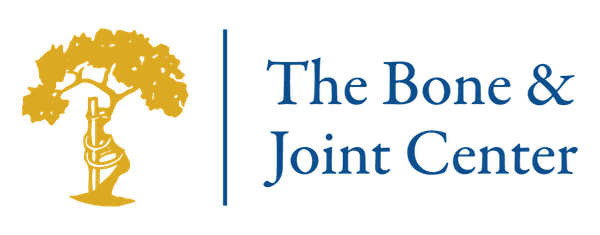Complex Regional Pain Syndrome (CRPS) - Reflex Sympathetic Dystrophy (RSD)
Introduction
Complex regional pain syndrome (CRPS) is a type of chronic pain syndrome. CRPS was formerly called reflex sympathetic dystrophy (RSD) and shoulder-hand syndrome. CRPS causes severe burning pain and possible eventual deterioration of an affected arm or leg. The cause of CRPS is unknown, but it can develop following an injury, stroke, or heart attack. Prompt treatment is associated with the best outcomes. If untreated, CPRS can cause irreversible extremity deterioration.
Anatomy
The sympathetic nervous system is a part of the complex system that regulates involuntary bodily functions. These are bodily functions that run automatically and are necessary for life. Your sympathetic nervous system speeds up your heart rate, constricts your blood vessels, sends blood to your vital organs, raises your blood pressure, raises your blood sugar level, and increases sweating. It energizes your body for immediate action in response to an emergency or “flight or fight” situation.Causes
Symptoms
Diagnosis
Treatment
Surgery
Recovery
Prevention

Copyright © - iHealthSpot Interactive - www.iHealthSpot.com
This information is intended for educational and informational purposes only. It should not be used in place of an individual consultation or examination or replace the advice of your health care professional and should not be relied upon to determine diagnosis or course of treatment.
The iHealthSpot patient education library was written collaboratively by the iHealthSpot editorial team which includes Senior Medical Authors Dr. Mary Car-Blanchard, OTD/OTR/L and Valerie K. Clark, and the following editorial advisors: Steve Meadows, MD, Ernie F. Soto, DDS, Ronald J. Glatzer, MD, Jonathan Rosenberg, MD, Christopher M. Nolte, MD, David Applebaum, MD, Jonathan M. Tarrash, MD, and Paula Soto, RN/BSN. This content complies with the HONcode standard for trustworthy health information. The library commenced development on September 1, 2005 with the latest update/addition on February 16, 2022. For information on iHealthSpot’s other services including medical website design, visit www.iHealthSpot.com.

